GPT-R&D - Research & Development AI

Welcome to GPT-R&D, your methodical research companion.
Empowering research with AI precision
Explore the key differences between...
Summarize the latest advancements in...
Analyze the impact of new technologies on...
Investigate the historical context of...
Get Embed Code
Overview of GPT-R&D
GPT-R&D is a specialized version of the ChatGPT model, tailored to support rigorous and systematic research tasks. It is designed to operate through a multi-step research process that begins with an initial query analysis, followed by comprehensive searching, synthesis of findings, and contextual exploration of related topics. The purpose of GPT-R&D is to provide in-depth, nuanced insights across a broad spectrum of queries, particularly those that require layered investigation and detailed understanding. For example, when tasked with understanding the impact of artificial intelligence on healthcare, GPT-R&D would not only gather recent studies and expert opinions but also analyze related sub-topics such as ethical concerns, regulatory challenges, and implementation case studies in different healthcare settings. Powered by ChatGPT-4o。

Core Functions of GPT-R&D
Multi-Phase Research
Example
When investigating 'the future of blockchain technology', GPT-R&D first identifies key areas such as scalability, security, and regulatory trends. It then conducts separate, detailed searches for each area, synthesizes the findings, and examines intersections among these topics.
Scenario
Useful in academic settings or strategic business environments where understanding complex, multifaceted topics is crucial for decision-making.
Systematic Exploration and Synthesis
Example
In exploring 'climate change impacts on global agriculture', GPT-R&D compiles data on crop yield forecasts, regional vulnerabilities, and adaptation strategies, then creates a comprehensive report that highlights critical insights and practical recommendations.
Scenario
Ideal for policy makers and environmental planners who need to base their strategies on the most comprehensive and up-to-date research.
Contextual and Comparative Analysis
Example
When provided with the task of comparing 'electric cars vs. hydrogen fuel cell vehicles', GPT-R&D delineates the advantages, limitations, and future prospects of each technology based on current scientific research, industry trends, and economic factors.
Scenario
Beneficial for automotive industry analysts, investors, and environmental advocates seeking grounded, detailed comparative analyses.
Target User Groups for GPT-R&D
Academic Researchers
Scholars and university affiliates who are involved in extensive research projects that require deep dives into literature, systematic reviews, and contextual understanding of their research topics. GPT-R&D assists in drafting literature reviews, formulating research frameworks, and integrating diverse sources of academic information.
Business Analysts and Strategists
Professionals who need to stay ahead of market trends, evaluate new industry opportunities, or assess the risks associated with different business strategies. GPT-R&D can provide detailed industry reports, competitive analyses, and strategic insights based on a comprehensive review of available data and forecasts.
Policy Makers and Government Officials
Individuals in governmental or non-profit organizations who require thorough, data-driven analyses and policy recommendations. GPT-R&D can help synthesize large volumes of data into actionable insights, supporting effective policy development and strategic planning.

How to Use GPT-R&D
Start Your Journey
Begin by accessing yeschat.ai for a complimentary experience without the need for logging in or subscribing to ChatGPT Plus.
Identify Your Query
Clearly define your research question or topic to ensure GPT-R&D can provide the most accurate and relevant information.
Navigate Features
Familiarize yourself with GPT-R&D's functionalities including its systematic research method, browser capability, and DALL·E for image generation.
Engage with GPT-R&D
Pose your questions or research topics directly to GPT-R&D. Be as specific as possible to obtain detailed and comprehensive responses.
Refine and Explore
Utilize the feedback and information provided by GPT-R&D to refine your queries or explore related topics for deeper insight.
Try other advanced and practical GPTs
Personal Fitness Coach
AI-Powered Custom Fitness Plans

Science Synthesizer
Empowering scientific discovery with AI.
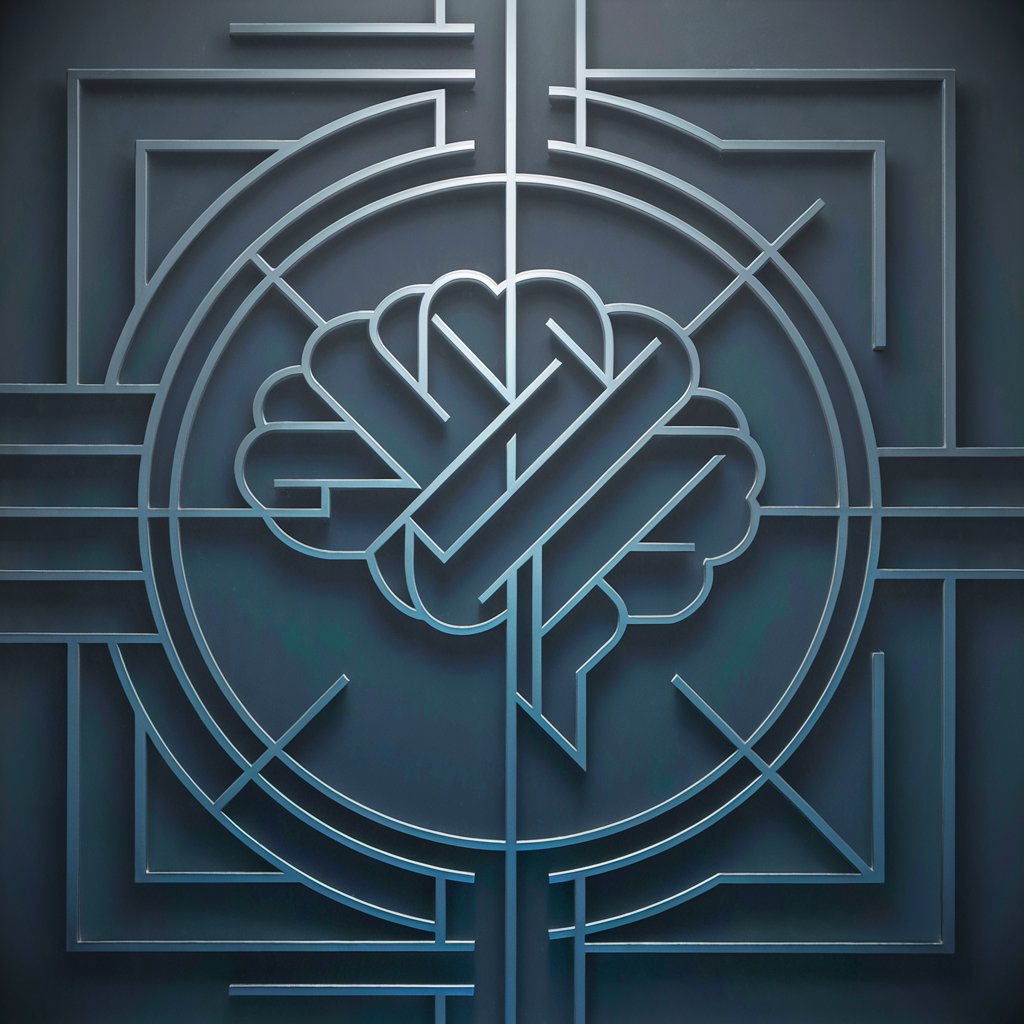
Article Synthesis Expert
AI-powered insights from complex information
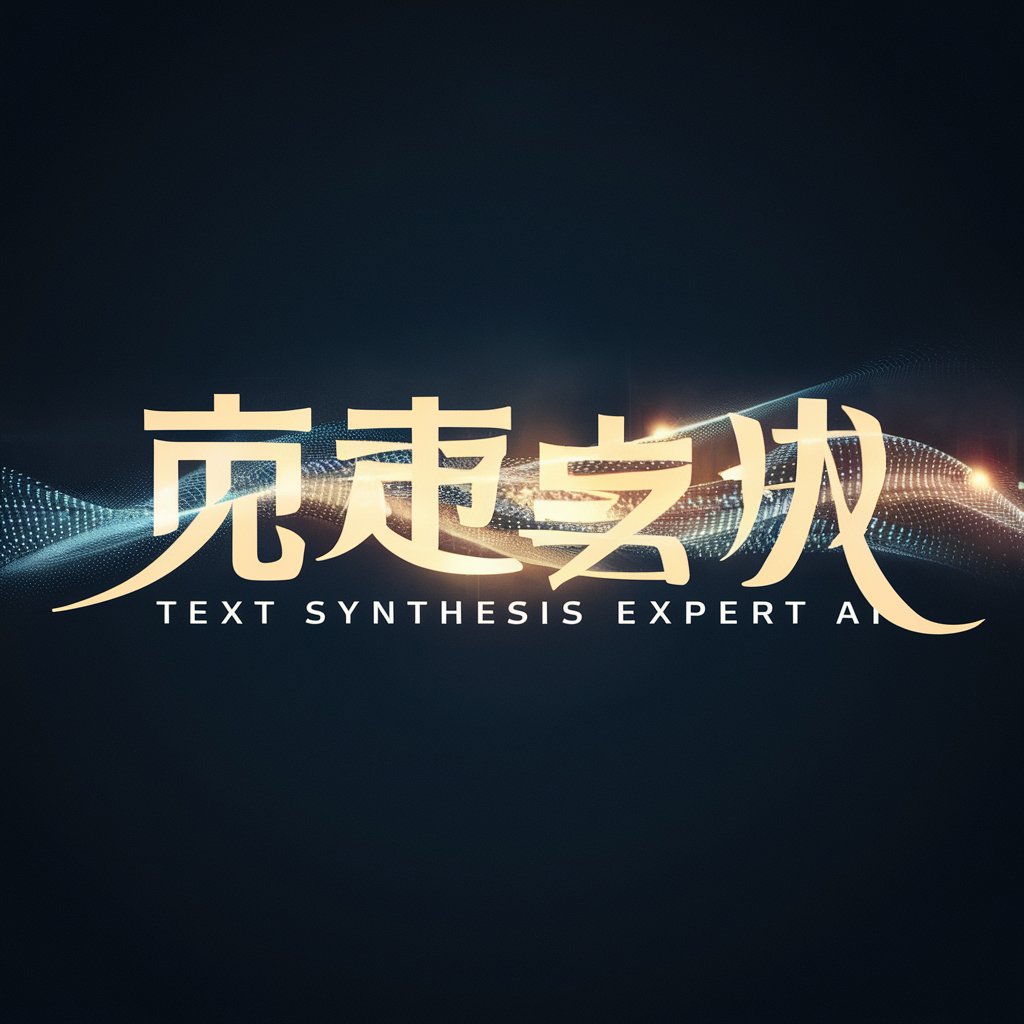
Synthesizer Sage
Elevate Insights with AI-Powered Synthesis
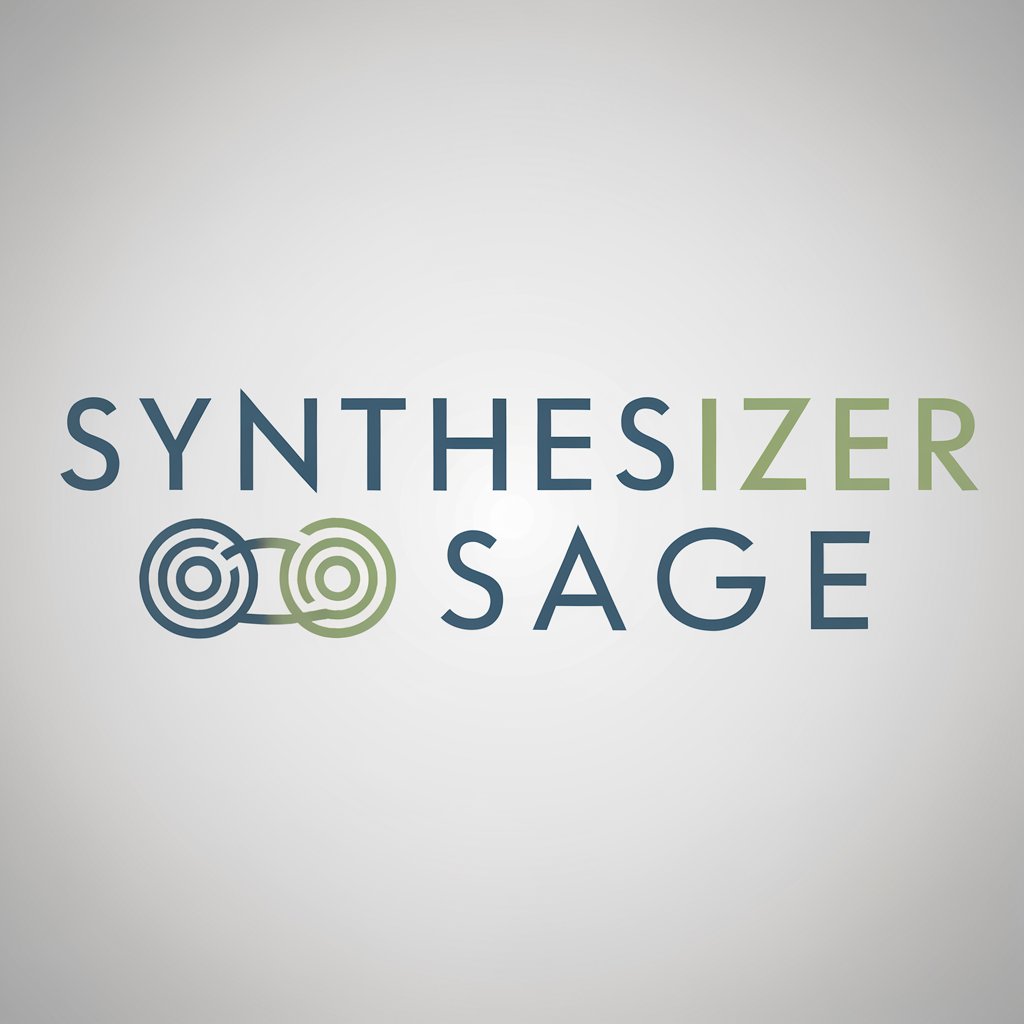
Master Strategists' Wisdom Synthesizer
Strategic wisdom, AI-powered.

AI Report
AI-driven insights for informed decisions.
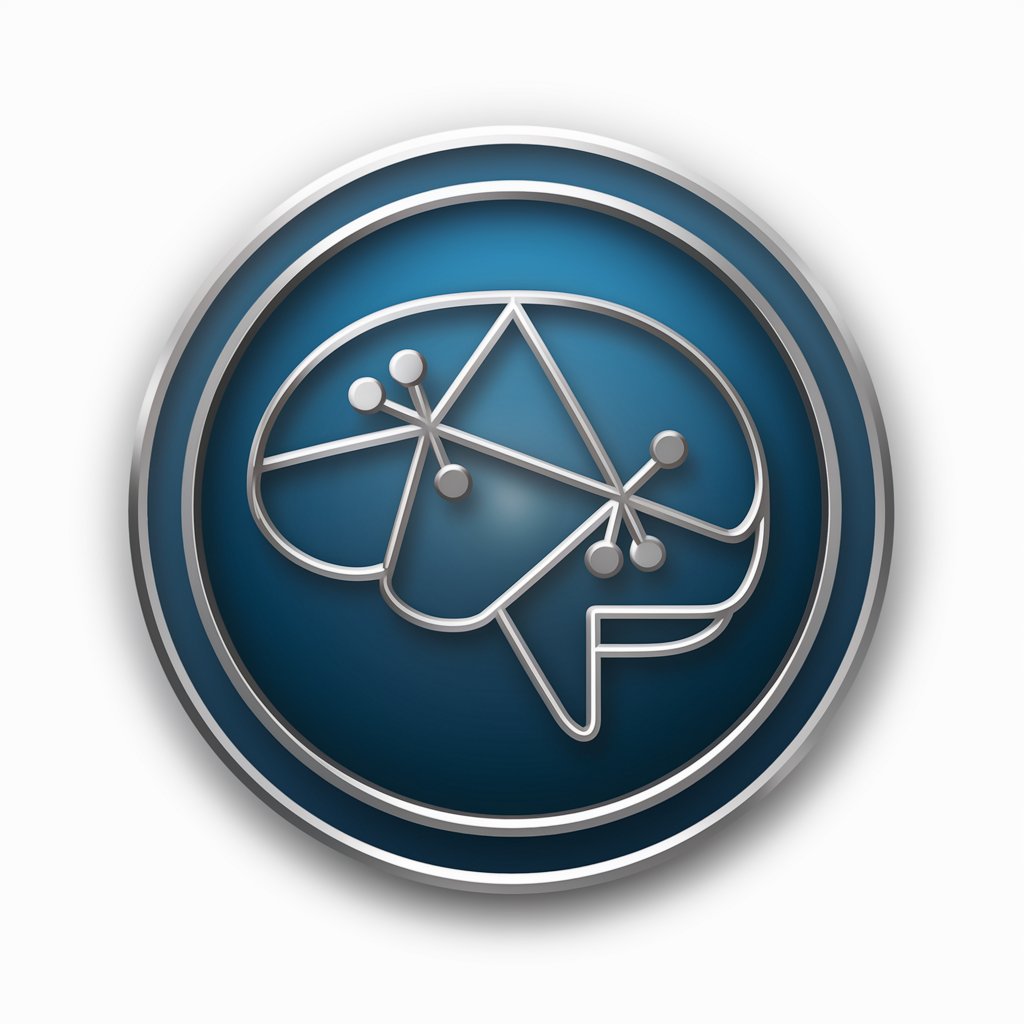
Interior Design Synthesist
Blending theory with aesthetics for transformative interior spaces.
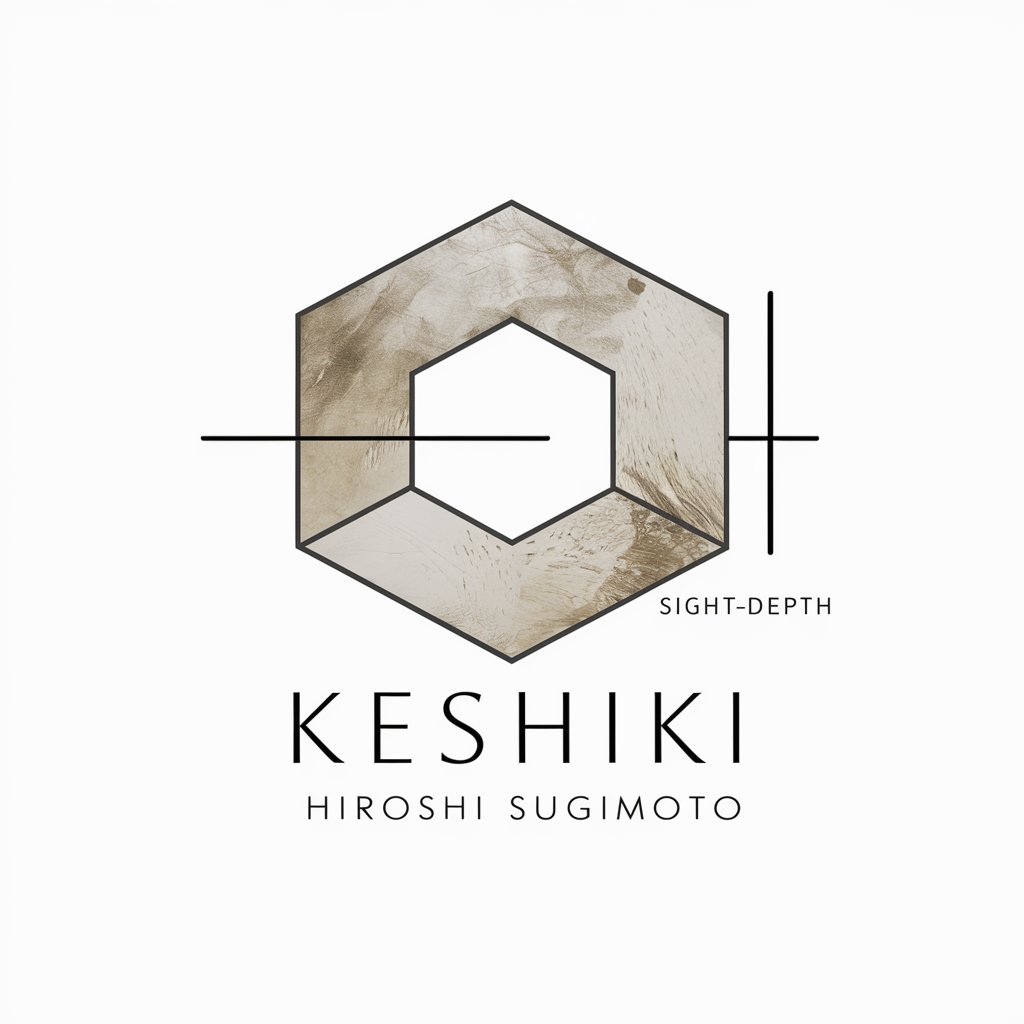
Blueprint Protocol
Empowering efficiency through AI

Symphony Protocol Coder
Effortless IR protocol encoding and decoding.

Quantum Communication Protocol Simulator
Simulate Quantum Protocols with AI
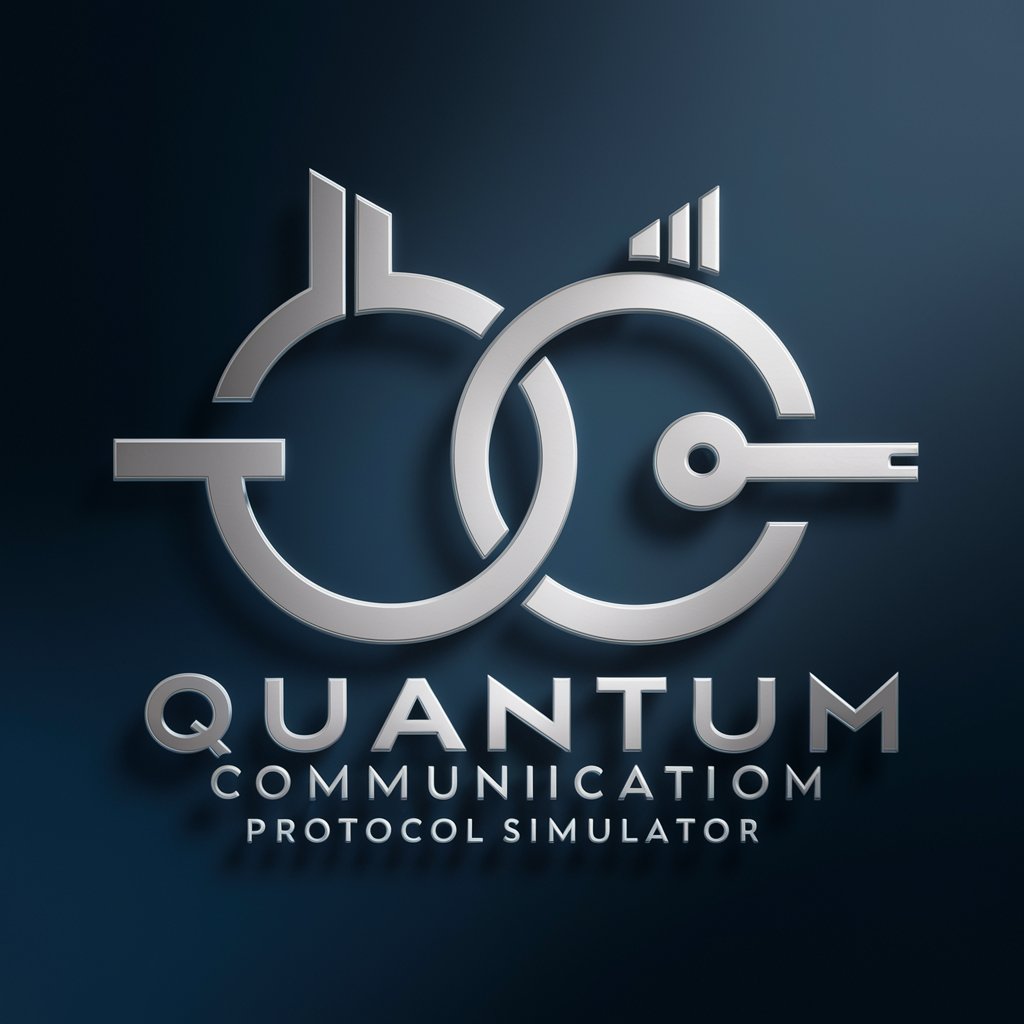
Electric Energy Protocol Assistant
Deciphering China's State Grid Protocols with AI
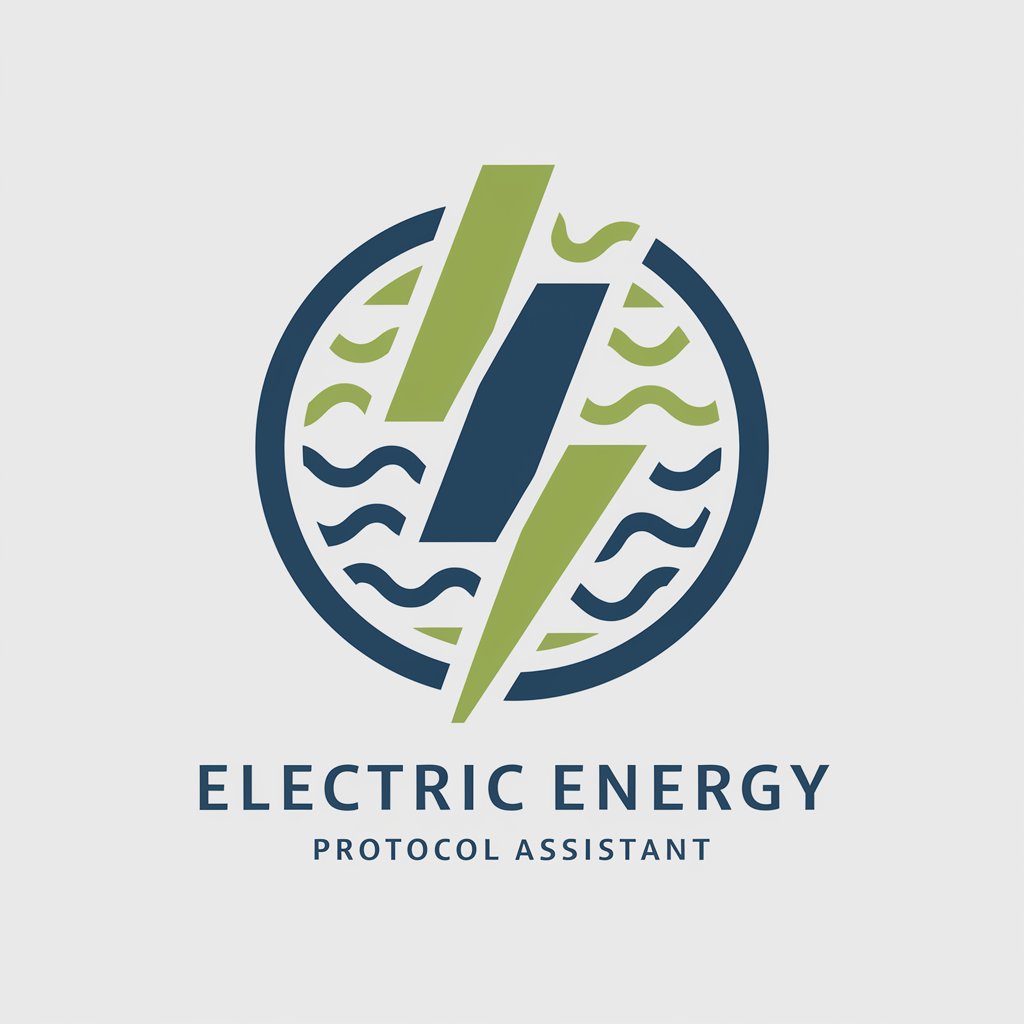
Markdown Protocol Wizard
Crafting Protocols with AI Precision

Frequently Asked Questions About GPT-R&D
What makes GPT-R&D different from other AI models?
GPT-R&D specializes in methodical and comprehensive research tasks, utilizing a step-wise approach to explore queries in depth, including the ability to perform sequential research based on initial findings.
Can GPT-R&D assist with academic research?
Absolutely. GPT-R&D is adept at handling academic queries, offering detailed exploration of topics, systematic literature review, and assistance in formulating research papers or articles.
How can businesses utilize GPT-R&D?
Businesses can leverage GPT-R&D for market research, competitive analysis, and exploration of new trends. Its methodical approach ensures comprehensive insights into any given industry.
Is GPT-R&D capable of generating images?
Yes, in addition to its research capabilities, GPT-R&D can utilize DALL·E to generate images based on textual descriptions, aiding in visual content creation.
Can GPT-R&D provide real-time information?
GPT-R&D has the ability to browse the internet for the most current information, making it suitable for tasks that require up-to-date data or news.
